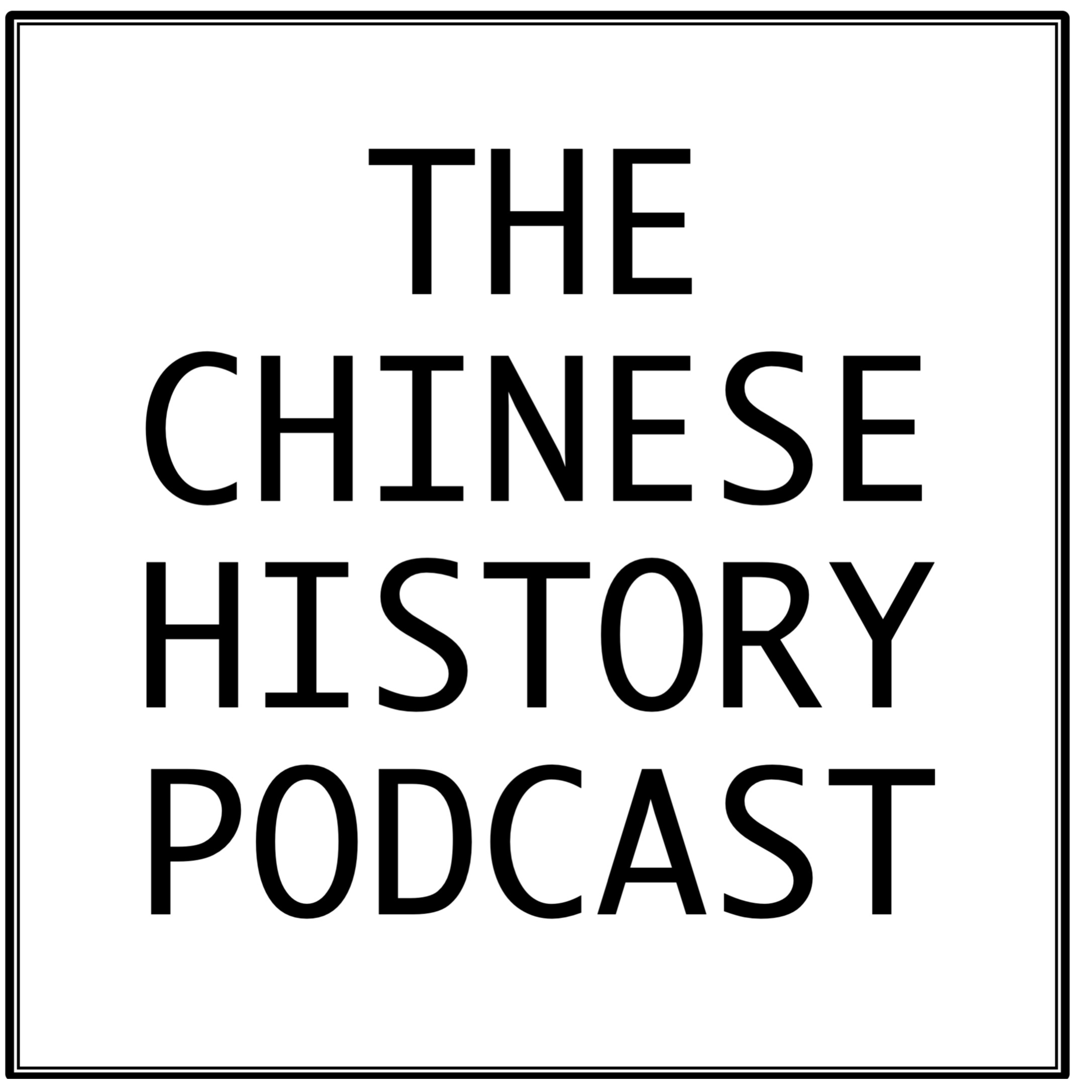Episodes
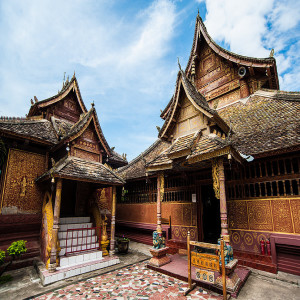
Sunday Jul 31, 2022
The Ming in the Southwest: Conquest, Rule, and Legacy
Sunday Jul 31, 2022
Sunday Jul 31, 2022
In 1381, Ming armies marched into Yunnan and Guizhou and within a year had deposed the Mongol Yuan's Prince of Liang, who had been enfeoffed there by the Yuan court. The Hongwu's emperor's decision to annex Yunnan and Guizhou and establish Ming administration there was unusual, for before the Mongols conquered it in the mid-1250s, the area had never been under the control of a China-based empire. It was more Southeast Asian in character than it was Chinese in character. Yet for decades, the scholarly community has neglected the study of the southwest. In this episode, Sean Cronan will discuss the Ming's rule in the region, how the early Ming court reshaped the interstate environment of Southwest China and Upper Mainland Southeast Asia, as well as some of the legacies that the early Ming left on the region.
Contributors
Sean Cronan

Sean Cronan is a Ph.D. student at the University of California, Berkeley. His work focuses on East and Southeast Asian diplomatic encounters from the thirteenth to eighteenth centuries, tracing the development of new shared diplomatic norms following the Mongol conquests of Eurasia, as well as how rulers and scholar-officials in the Ming (1368- 1644) and Qing Dynasties (1644-1911) institutionalized and challenged these new norms. He explores how ideas of multipolarity, regime legitimacy, and the makeup of the interstate order came under debate throughout the Mongol Empire, Ming China, the Qing Empire, Chosŏn Korea, Dai Viet (Northern Vietnam), Japan, the Ayutthaya Kingdom of Thailand, the Pagan Kingdom of Burma, and beyond. He works with sources in Chinese (literary Sinitic), Japanese, Thai, Burmese, Manchu, and Dutch.

Yiming Ha
Yiming Ha is a Ph.D. candidate in the Department of History at the University of California, Los Angeles. His current research is on military mobilization and state-building in China between the thirteenth and seventeenth centuries, focusing on how military institutions changed over time, how the state responded to these changes, the disconnect between the center and localities, and the broader implications that the military had on the state. His project highlights in particular the role of the Mongol Yuan in introducing an alternative form of military mobilization that radically transformed the Chinese state. He is also interested in military history, nomadic history, comparative Eurasian state-building, and the history of maritime interactions in early modern East Asia. He received his BA from UCLA and his MPhil from the Hong Kong University of Science and Technology.
Credits
Episode No. 13
Release date: July 31, 2022
Recording location: Los Angeles/Berkeley, CA
Bibliography courtesy of Sean Cronan
Images
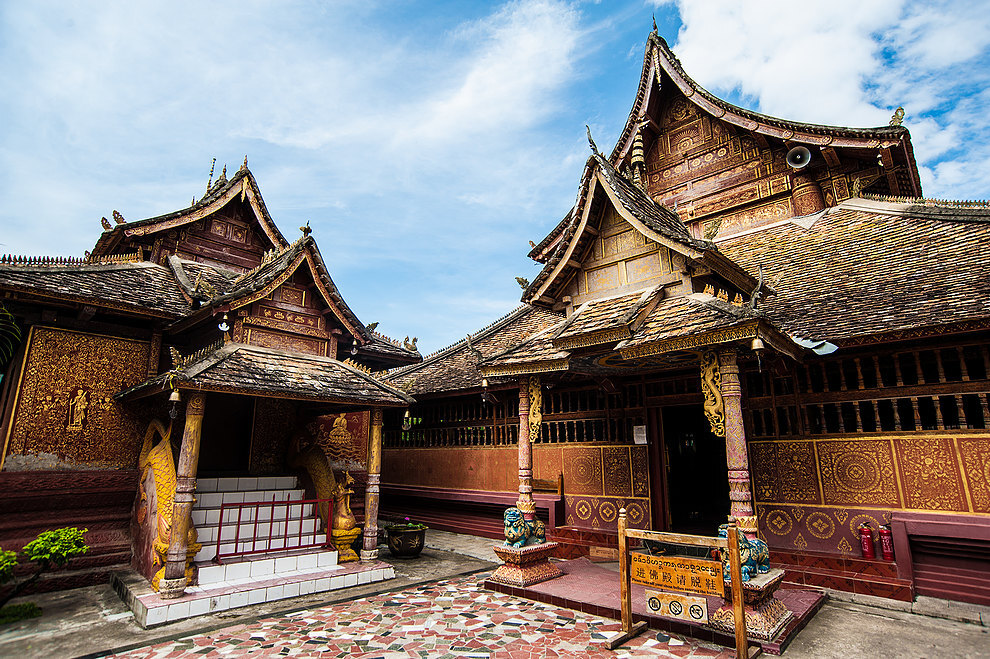
Cover Image: A Buddhist monastery in Xishuangbanna (Sipsongpanna), located in Yunnan at the border with Laos and Myanmar. Note the distinct Southeast Asian style architecture. In Ming times this area was called Cheli 車里 and a native official ruled here on behalf of the Ming court. Today it is classified as an autonomous region for the Dai/Tai ethnic group. (Image Source)
https://i.imgur.com/tn3BrKI.jpg
A 1636 Ming map of Yunnan, from the Zhifang dayitong zhi 職方大一統志. Due to the large file size, it cannot be uploaded here. Please click on the link above to view it. The yellow rectangle denotes the location of Kunming, the prefectural seat of Yunnan. Red squares represent major settlements.
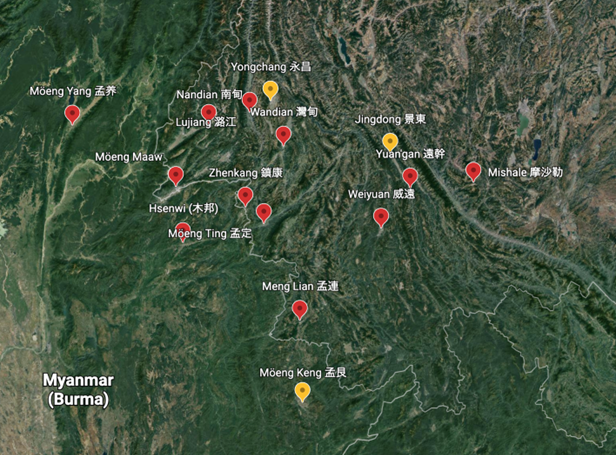
Map of the Möeng Maaw Empire at its greatest extent in 1398. . Areas in red were either governed by a Sa clan appointee or had long been conquered and integrated into the Maaw administrative structure. Areas in yellow were seized by more recent conquest or held only loosely. Map courtesy of Sean Cronan. Please do not cite or circulate.
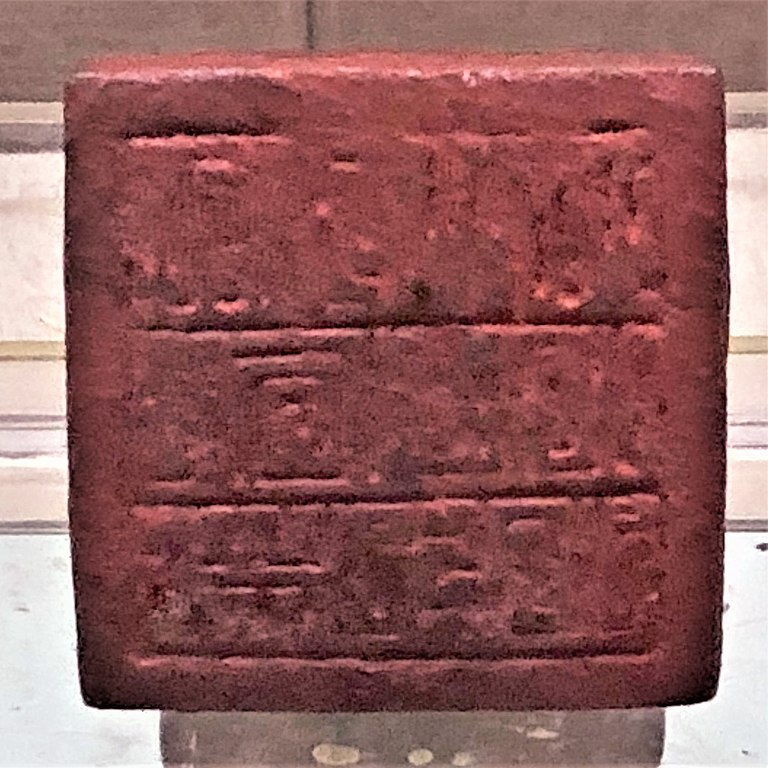
A Yuan seal granted to the native official of Cheli. (Image Source)
References
Daniels, Christian. “The Mongol-Yuan in Yunnan and ProtoTai/Tai Polities during the 13th-14th
Centuries.” Journal of the Siam Society, 106 (2018), 201-243.
Daniels, Christian and Jianxiong Ma, eds. The Transformation of Yunnan in Ming China: from the
Dali Kingdom to Imperial Province. Abingdon, Oxon: Routledge, 2020.
Fernquest, Jon. “Crucible of War: Burma and the Ming in the Tai Frontier Zone (1382-1454).”
SOAS Bulletin of Burma Research, 4:2 (2006), 27-90.
Giersch, Charles Patterson. Asian Borderlands: The Transformation of Qing China's Yunnan
Frontier. Cambridge, Mass.: Harvard University Press, 2006.
Herman, John E. Amid the Clouds and Mist China’s Colonization of Guizhou, 1200–1700. Cambridge, MA: Harvard University Asia Center, 2007.
Robinson, David M. In the Shadow of the Mongol Empire: Ming China and Eurasia. Cambridge:
Cambridge University Press, 2020.
Yang, Bin. Between Winds and Clouds: The Making of Yunnan (Second Century BCE to
Twentieth Century CE). New York: Columbia University Press, 2009.
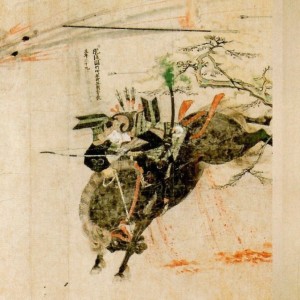
Sunday Apr 03, 2022
Sunday Apr 03, 2022
The two Mongol-Yuan invasions of Japan (1274 and 1281) were important events in Japanese history. The two typhoons that destroyed the Mongol fleet, known as "divine wind," (shinpū 神風, better known today as kamikaze) would forever be etched into Japanese historical memory, directly influencing the so-called kamikaze suicide bombers of World War II. Most scholarship on the topic has focused primarily on the military aspect, but before and after the invasions there was also an intense diplomatic effort behind the scenes involving the Mongol-Yuan, Kamakura Japan, and Koryŏ Korea in an attempt to integrate Japan peacefully into the Mongol world order. In this episode, Greg speaks to USC PhD candidate Lina Nie about her dissertation research on this diplomatic effort. Lina will share with us some new perspectives on why the Mongols wanted to engage and ultimately invade Japan, what the diplomatic negotiations can tell us about the interstate order of East Asia during that time, and how her research both complements existing scholarship and adds a new layer in our understanding of the Mongol invasions of Japan.
Contributors
Lina Nie

Lina Nie is a Ph.D. candidate in the Department of History at the University of Southern California. She graduated from the Hong Kong University with double majors in Chinese History and Japanese Studies and received her MA from Harvard University. Her research interests are on maritime, diplomatic, military, and cultural exchanges among China, Korea, and Japan. She is also interested in global history and comparative history in a broader geographical context that goes beyond East Asia. Her Japanese article discussing the traditions of Japanese culture won the second runner-up in the annual essay contest held by the Japanese Consulate General in New England in 2017.
Greg Sattler
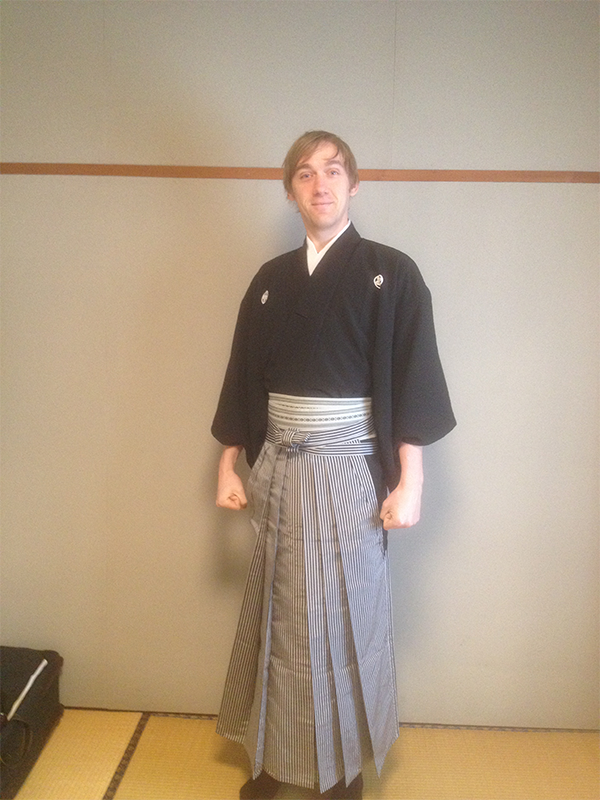
Gregory Sattler is a Ph.D. student in the Department of History at the University of California, Los Angeles. His research focuses on sea merchants in East Asia from the ninth to thirteenth centuries, with a particular consideration of their place in society, their trade networks, and their relationships with government officials. Gregory has recently published an article titled “The Ideological Underpinnings of Private Trade in East Asia, ca. 800–1127” (Journal of Asian Humanities at Kyushu University 6) and he is currently working on two additional manuscripts. He has received degrees in Taiwan and Japan, and is a proficient speaker of both Chinese and Japanese.
Credits
Episode no. 10
Release date: April 3, 2022
Recording location: Los Angeles, CA
Bibliography courtesy of Lina Nie
Images

Cover Image: The famous battle scene depicting the samurai Takezaki Suenaga escaping the Mongol forces. (Image Source)
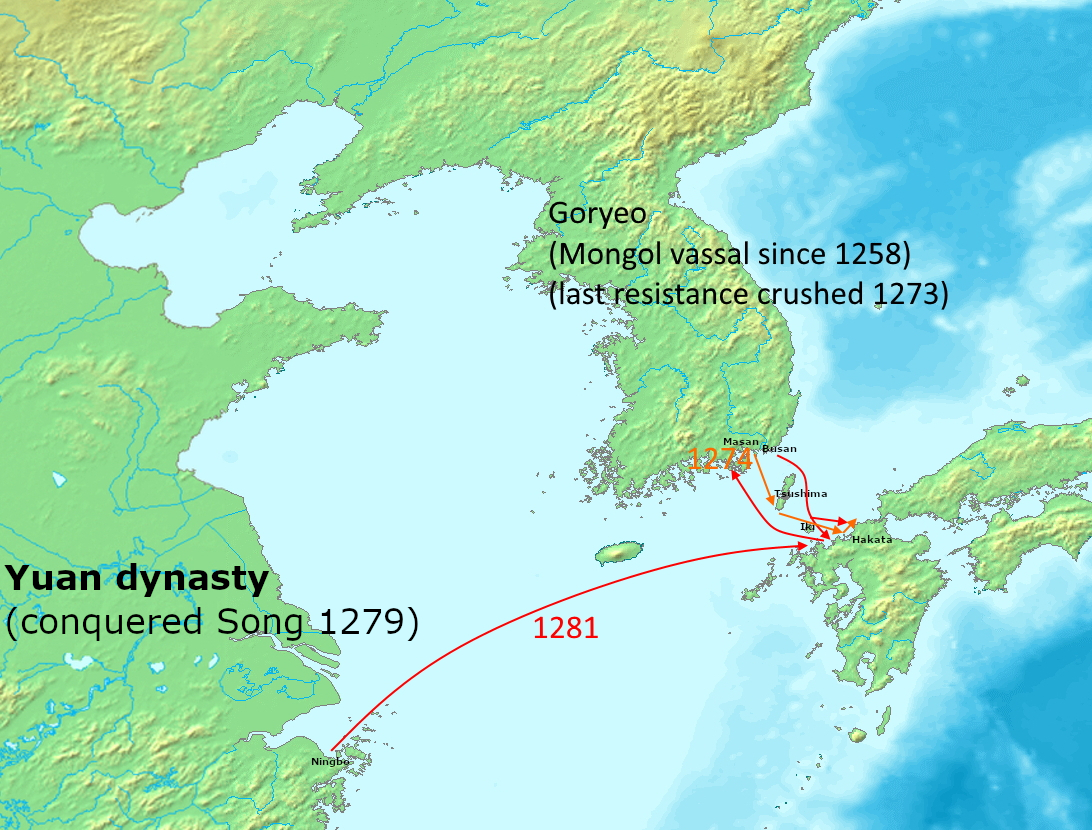
Map of the two Mongol invasions. (Image Source)
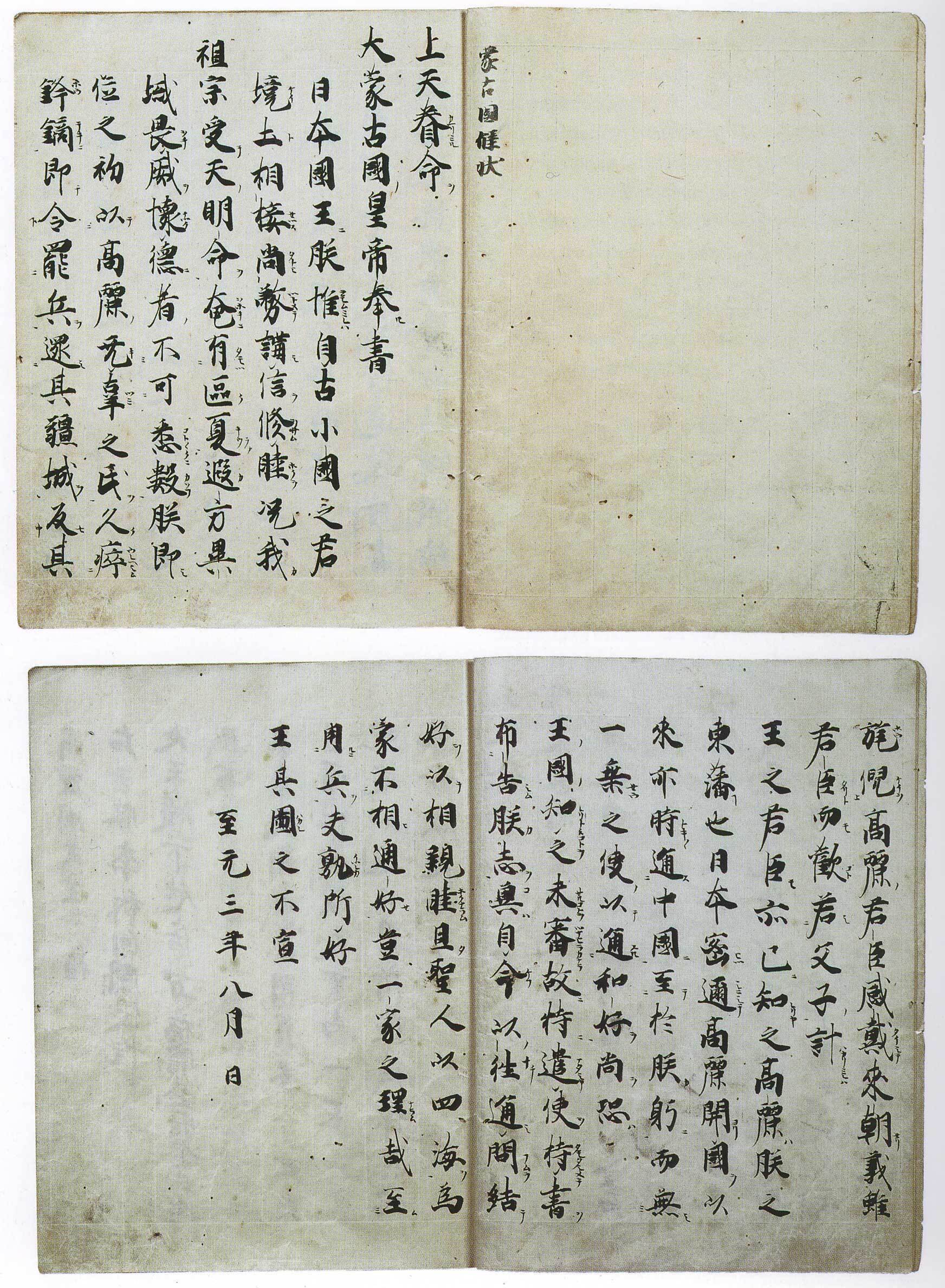
A 1266 letter Khubilai sent to Japan. (Image Source)

Japanese samurai boarding a Yuan ship during the 1281 invasion. (Image Source)
References
Andrade, Tonio. The Gunpowder Age: China, Military Innovation, and the Rise of the West in World History. New Jersey: Princeton University Press, 2016.
Conlan, Thomas. In Little Need of Divine Intervention: Takezaki Suenaga’s Scrolls of the Mongol Invasions of Japan. Ithaca: Cornell University, 2001.
Fukuokashi maizō bunka zai 福岡市埋蔵文化財年報. Ed. Fukuokaken Kyoiku Iinkai福岡県教育委員会, vol. 274, 2019.
Kamakura ibun鎌倉遺文. Ed. Takeuchi Rizō竹内理三. Tokyo: Tōkyōdō Shuppan, 2008.
Cambridge History of Japan: Medieval Japan (vol. 3), eds. John Hall, Marius Jansen, Madoka Kanai, and Denis Twitchett. Cambridge: Cambridge University, 1990.
Kim Gu 金坵. Chipojip 止浦集. Han’guk munjip ch’onggan 韓國文集叢刊. Seoul: Minjok Munhwa Ch’ujinhoe, 1991.
Kuraki kaitei iseki hakkutsu chōsa gaihō 倉木崎海底遺跡発掘調査概報. Ed. Ukenson Kyoiku Iinkai宇検村教育委員会. 1993.
Mass, Jeffery. Yoritomo and the Founding of the Kamakura Bakufu. Stanford: Stanford University Press 1995.
Robinson, David. Empire’s Twilight: Northeast Asia Under the Mongols. Cambridge, MA: Harvard Yenching Monograph, 2009.
Cambridge History of China vol.6: Alien Regimes and Border States, eds. Herbert Franke and Denis Twitchett. Cambridge: Cambridge University, 1994.
Rossabi, Morris. Khubilai Khan: His Life and Times. Berkeley: University of California Press, 2009.
Shultz, Edward. Generals and Scholars: Military Rule in Medieval Korea. Honolulu: University of Hwaii Press. 2000.
Wang, Sixiang. “What Tang Taizong Could Not Do: The Korean Surrender of 1259 and the Imperial Tradition.” T'oung Pao (2018), pp.338-383.
Yamauchi Shinji 山内晋次. Nichisō bōeki to iō no michi 日宋貿易と「硫黄の道」.Tokyo: Yamakawa Shuppansha, 2009.
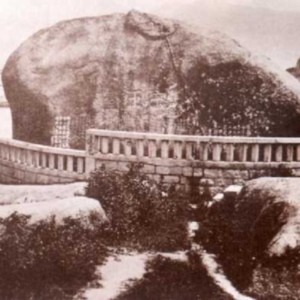
Sunday Dec 26, 2021
The Mongol-Yuan Conquest of the Southern Song
Sunday Dec 26, 2021
Sunday Dec 26, 2021
We hope everyone had a good Christmas! In this episode, Yiming Ha will give an introduction to the forty-four year war between the Mongol-Yuan and the Southern Song. This was one of the longest wars the Mongols had to fight against an adversary and the Southern Song was among the states that put up the longest resistance against the Mongols. This topic is covered very extensively in Chinese language scholarship, but has not received too much detailed attention in English language scholarship. Yiming will talk about the general course of the war, some of the major engagements, the kind of weapons that were used, and some of the implications that this war had on other Mongol conquests and campaigns in Eurasia.
Note: There is a mistake at 12:09 - when Yiming said November, it should actually be December.
Contributors
Yiming Ha

Yiming Ha is a Ph.D. candidate in the Department of History at the University of California, Los Angeles. His current research is on military mobilization and state-building in China between the thirteenth and seventeenth centuries, focusing on how military institutions changed over time, how the state responded to these changes, the disconnect between the center and localities, and the broader implications that the military had on the state. His project highlights in particular the role of the Mongol Yuan in introducing an alternative form of military mobilization that radically transformed the Chinese state. He is also interested in military history, nomadic history, comparative Eurasian state-building, and the history of maritime interactions in early modern East Asia. He received his BA from UCLA and his MPhil from the Hong Kong University of Science and Technology.
Greg Sattler

Gregory Sattler is a Ph.D. student in the Department of History at the University of California, Los Angeles. His research focuses on sea merchants in East Asia from the ninth to thirteenth centuries, with a particular consideration of their place in society, their trade networks, and their relationships with government officials. Gregory has recently published an article titled “The Ideological Underpinnings of Private Trade in East Asia, ca. 800–1127” (Journal of Asian Humanities at Kyushu University 6) and he is currently working on two additional manuscripts. He has received degrees in Taiwan and Japan, and is a proficient speaker of both Chinese and Japanese.
Credits
Episode No. 5
Release date: December 26, 2021
Recording location: Los Angeles, CA
Bibliography courtesy of Yiming Ha
Images
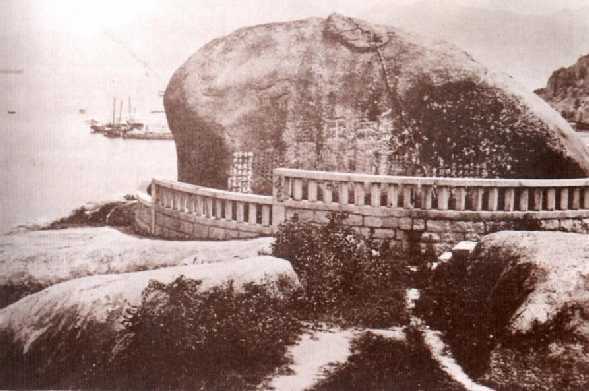
Cover Image: Song Wong Tai 宋王臺, or Terrace of the Song King, was a memorial carved on a large rock in Hong Kong after the Yuan conquest to honor the child Song emperors who died. This picture was taken before it was demolished by Japanese forces occupying Hong Kong for an extension of Kai Tak airport. (Image Source)
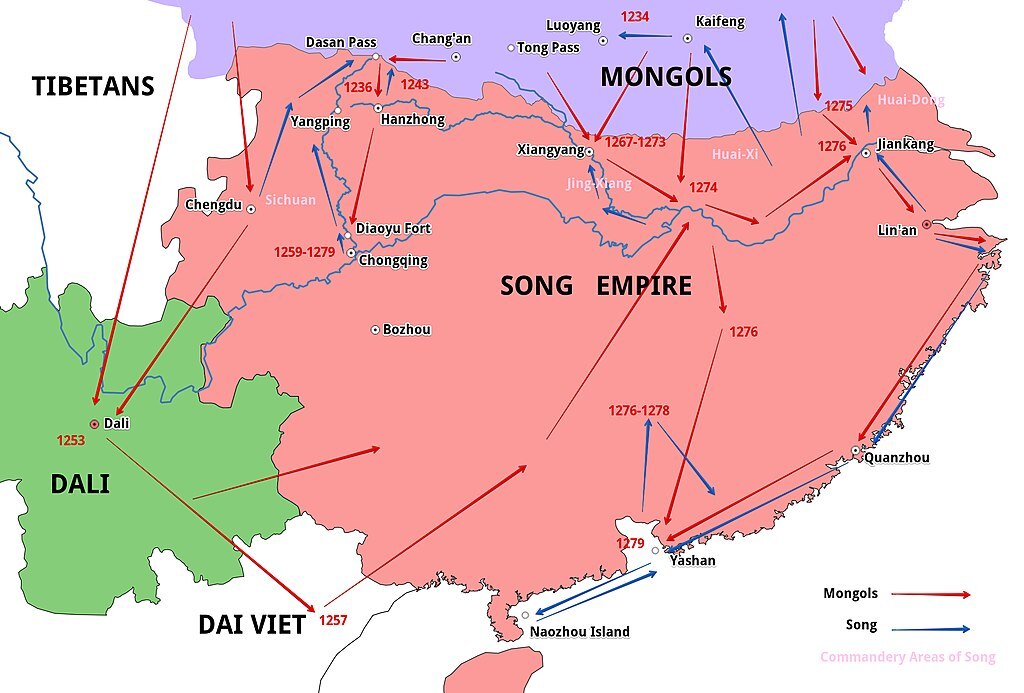
Map of the Mongol invasions of the Southern Song, 1234-1279 (Image Source)
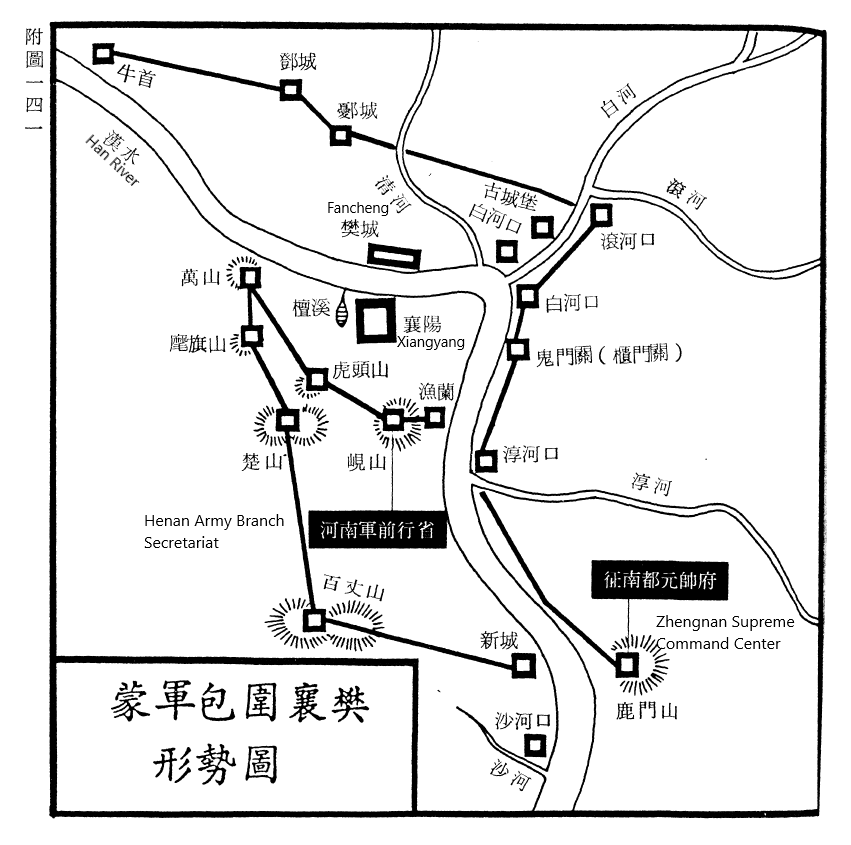
Mongol siege fortifications during the Siege of Xiangyang, 1268-1273 (Image Source: Li, Song Yuan zhan shi)

Song attempts at reinforcing Xiangyang in 1271 (Image Source: Li, Song Yuan zhan shi)
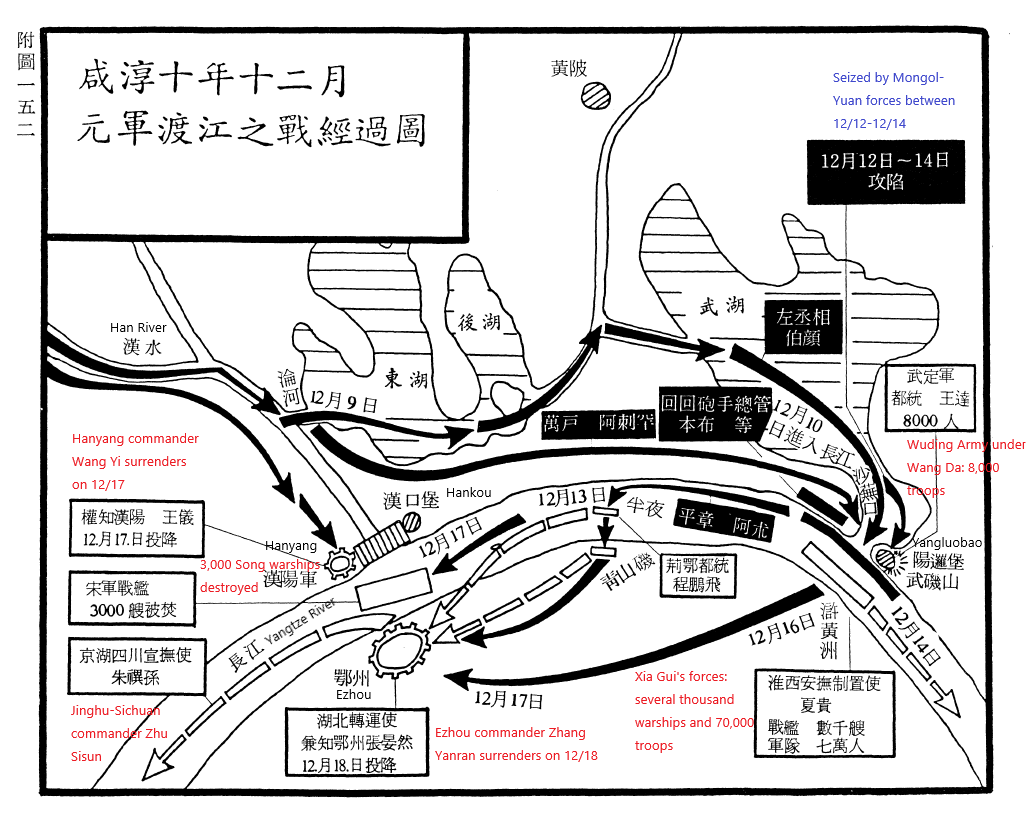
Battle of Ezhou, 1274 (Image Source: Li, Song Yuan zhan shi)
Select Bibliography
Davis, Richard L. “The Reigns of Tu-Tsung (1264-274) and His Successors to 1279.” In The Cambridge History of China, Vol. 5, Part 1: The Sung and Its Precursors, 907-1279, edited by Denis Twitchett and Paul Jakov Smith, 913-962. Cambridge: Cambridge University Press, 2009.
Li Tianming 李天鳴. Song Yuan zhan shi 宋元戰史 [History of the Song-Yuan War]. Taipei: Shihuo chubanshe, 1988.
Li Zhi’an 李治安. Hubilie zhuan 忽必烈傳 [Biography of Khubilai Khan]. Beijing: Renmin chubanshe, 2004.
Lorge, Peter. War, Politics and Society in Early Modern China, 900-1795. London: Routledge, 2005.
Needham, Joseph and Robin D.S. Yates. Science and Civilisation in China: Volume 5, Chemistry and Chemical Technology; Part 6, Military Technology: Missiles and Sieges. Cambridge: Cambridge University Press, 1995.
Sugiyama Masaaki 杉山正明. Kubirai no chōsen: Mongoru ni yoru seikaishi no daitenkai クビライの挑戦 モンゴルによる世界史の大転回 [Khubilai’s Challenge: The Mongols and World Revolution]. Tokyo: Kodansha, 2010.
Wu Guoqing 武國卿. Zhongguo zhanzheng shi, diliu juan: Yuanchao shiqi, Mingchao shiqi 中國戰爭史,第六卷:元朝時期,明朝時期 [History of Warfare in China, Vol. 6: Yuan Dynasty Period and Ming Dynasty Period]. Beijing: Renmin chubanshe, 2016.
Yamauchi Shinji 山内晋次. Nissō bōeki to “iō no michi” 日宋貿易と『硫黄の道』 [The Japan-Song Trade and “The Sulfur Route”]. Tokyo: Yamakawa shuppansha, 2009.
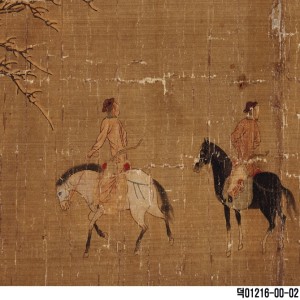
Saturday Nov 27, 2021
King Kwong Wong on Koryŏ Korea Under Mongol-Yuan Domination
Saturday Nov 27, 2021
Saturday Nov 27, 2021
In 1231, Mongol forces invaded the Korean Peninsula, beginning almost three decades of warfare against the Koryŏ Kingdom. In 1258, the Koryŏ court finally surrendered and the kingdom became a part of the Mongol Empire. King Kwong Wong, an independent scholar who specializes in the relationship between the Mongol-Yuan and Koryŏ, joins us to give a brief look into this fascinating period in Korean history. He will talk about why Koryŏ surrendered to the Mongol-Yuan, how the Mongols integrated Koryŏ into their empire, what that relationship came to look like, and how Koryŏ dealt with the fall of the Mongols in the second half of the fourteenth century.
Contributors:
King Kwong Wong
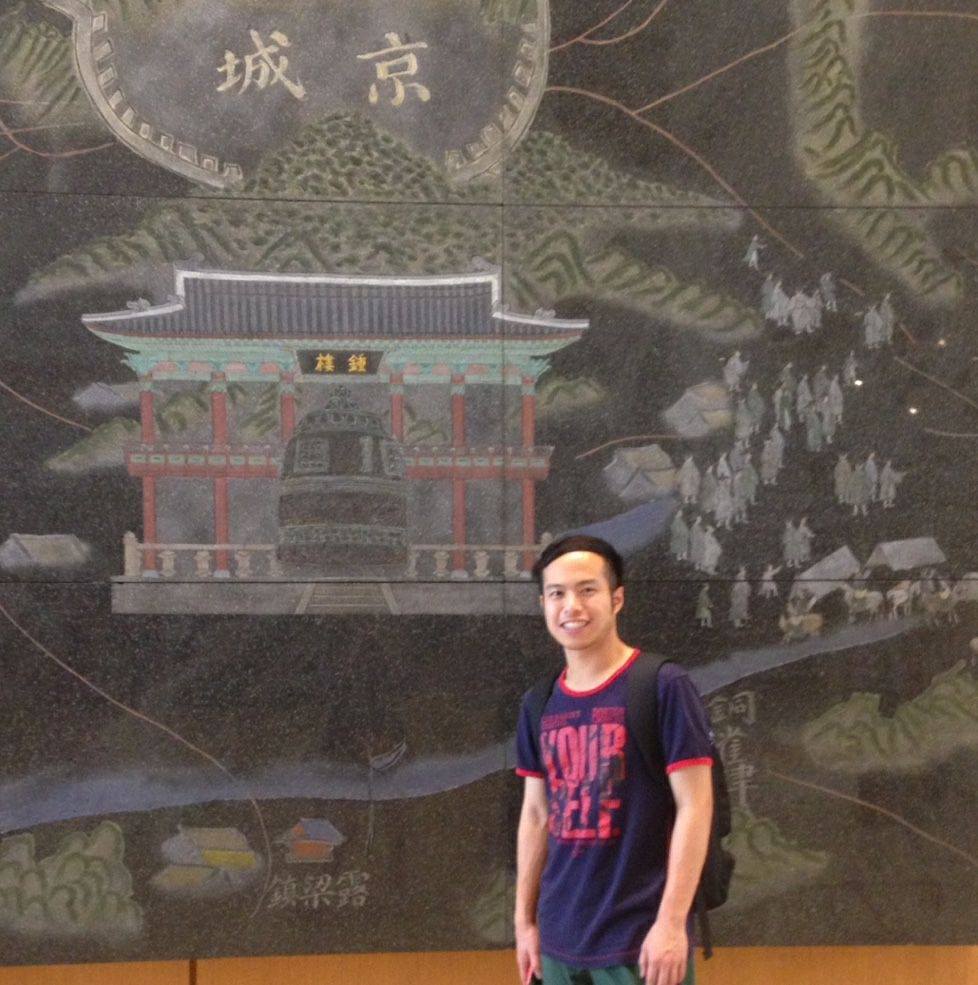
King Kwong Wong is an independent scholar who received his Master's Degree in Chinese History from the University of Southern California. He is now working as a part-time lecturer at the Hong Kong University's School of Professional and Continuing Education. His research focuses on Koryŏ Korea during the Mongol-Yuan period, and he recently published a paper titled "All Are the Ruler’s Domain, but All Are Different: Mongol-Yuan Rule and Koryŏ Sovereignty in the Thirteenth and Fourteenth Centuries", which explores how Koryŏ literati viewed the idea of sovereignty and their state's relationship with the Mongol-Yuan.
Yiming Ha

Yiming Ha is a Ph.D. candidate in the Department of History at the University of California, Los Angeles. His current research is on military mobilization and state-building in China between the thirteenth and seventeenth centuries, focusing on how military institutions changed over time, how the state responded to these changes, the disconnect between the center and localities, and the broader implications that the military had on the state. His project highlights in particular the role of the Mongol Yuan in introducing an alternative form of military mobilization that radically transformed the Chinese state. He is also interested in military history, nomadic history, comparative Eurasian state-building, and the history of maritime interactions in early modern East Asia. He received his BA from UCLA and his MPhil from the Hong Kong University of Science and Technology.
Credits:
Episode No. 3
Release date: November 27, 2021
Recording location: Hong Kong, China/Los Angeles, CA
Bibliography courtesy of King Kwong
Images
Cover Image: Koryŏ noblemen hunting (see full image credits below)

Kanghwa Island, where the Koryŏ court fled to in order to escape from the Mongols (Image Source)
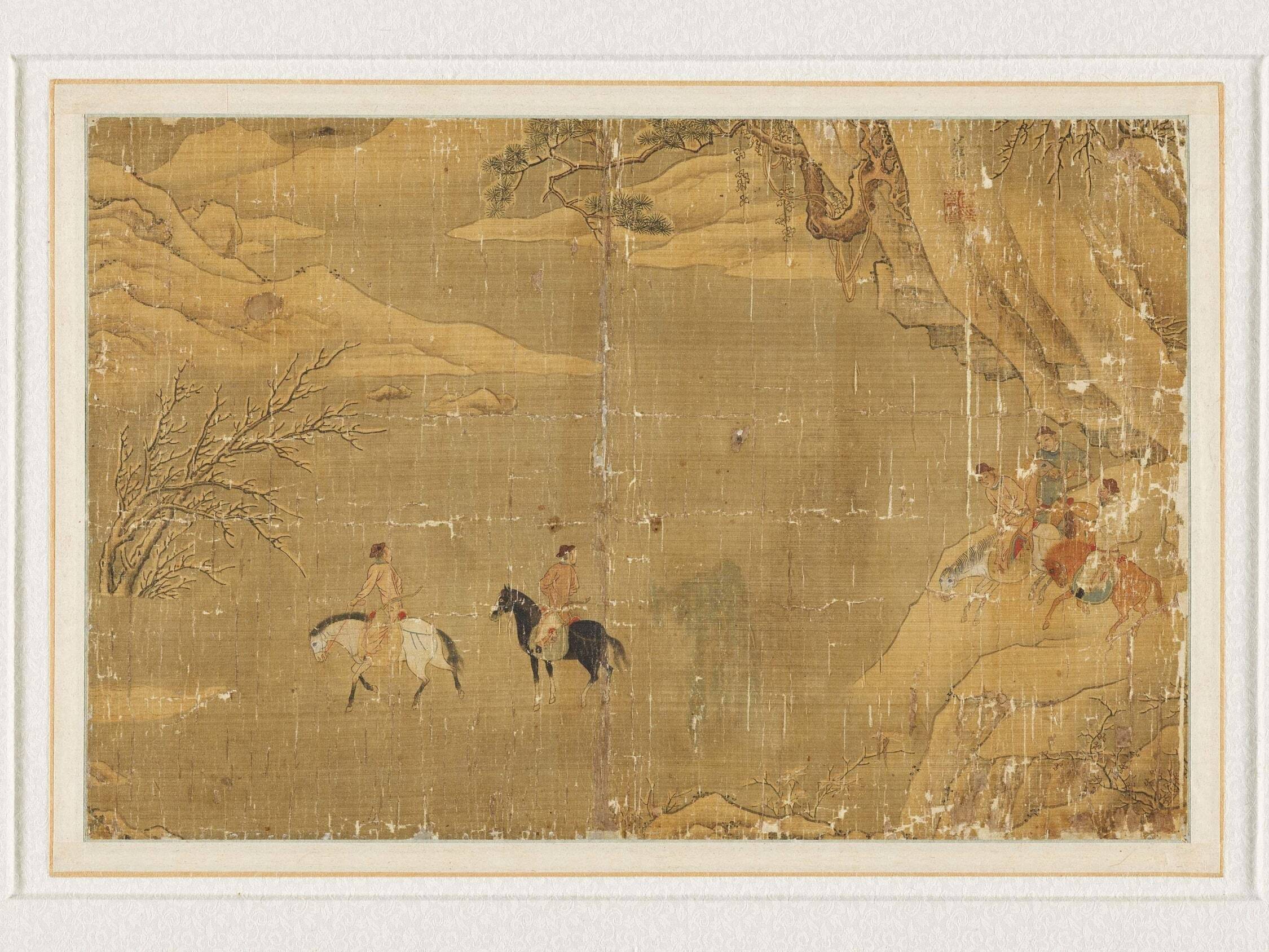
Painting of Koryŏ noblemen hunting (also titled Crossing the River on Horseback) by Yi Je-hyeon (李齊賢, 1287-1367), currently held in the National Museum of Korea and reproduced here with permission (Image Source)
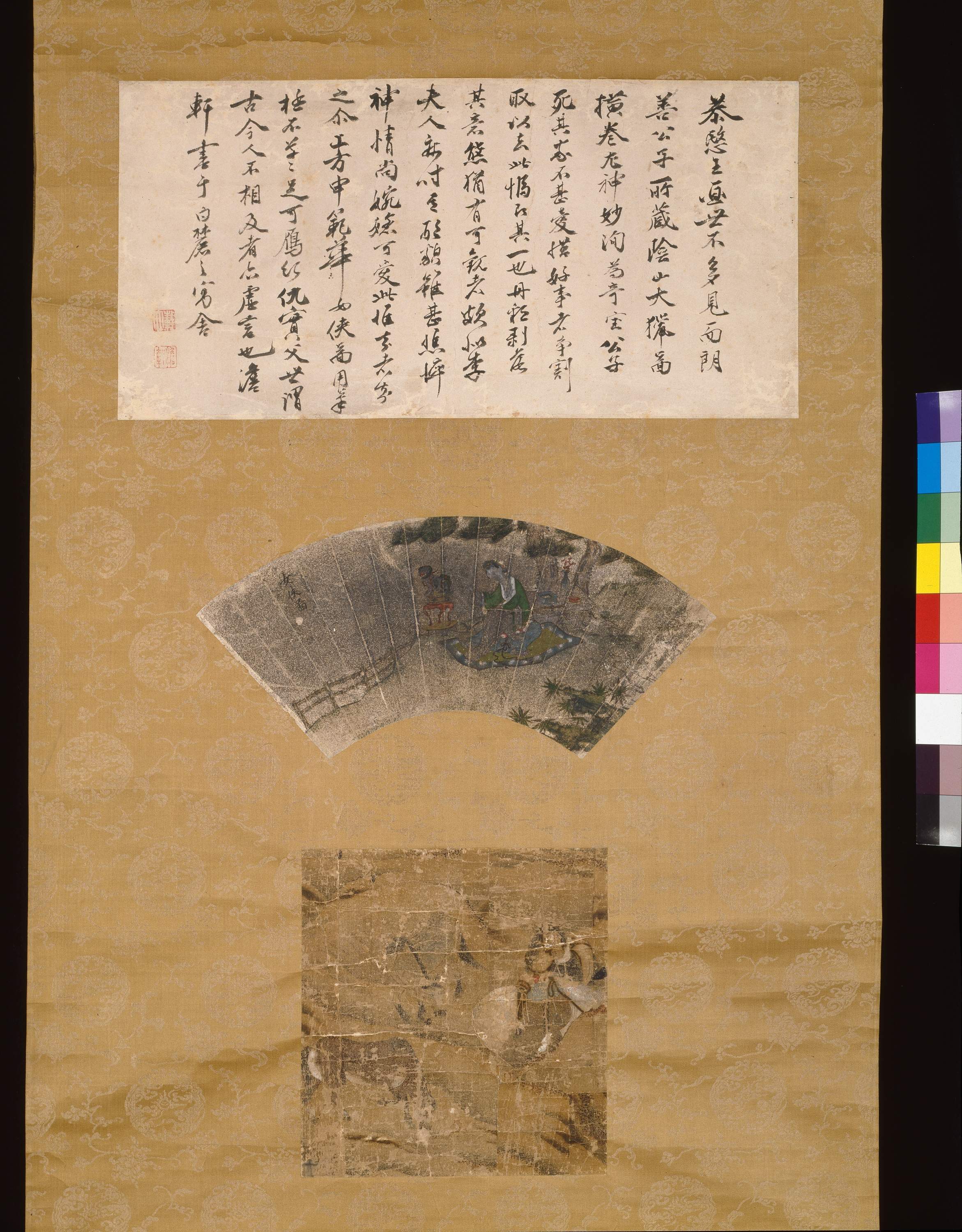
Painting on the Grand Hunting in the Heavenly Mountain by King Kongmin, currently held in the National Museum of Korea and reproduced here with permission (Image Source)

Empress Chabi (1225-1281) wearing a gugu hat. The hat is also known as a boghtagh (Image Source).
Select Bibliography:
Clark, Donald N. “Sino-Korean Tributary Relations under the Ming.” In The Cambridge History of China, vol. 8: The Ming Dynasty, 1368–1644, Part II, edited by Denis Twitchett and Frederick W. Mote, 272-300. Cambridge: Cambridge University Press, 1998.
Duncan, John B. The Origins of the Chosŏn Dynasty. Seattle: University of Washington Press, 2000.
Henthorn, William E. Korea: the Mongol Invasions. Leiden: E. J. Brill, 1963.
Kim Hodong. Monggol cheguk kwa Koryŏ: K’ubillai chŏngkwŏn ŭi t’ansaeng kwa Koryŏ ŭi chŏngch’ijŏk wisang [The Mongol Empire and Koryŏ: The Rise of Khubilai and the Political Status of Koryŏ]. Seoul: Sŏul taehakkyo ch’ulpanbu, 2007
Lee, Ik-joo. “Trends and Prospects: Historical Studies on Koryŏ-Mongol Relationship in the 13–14th Centuries.” The Review of Korean Studies 19, no. 2 (2016): 15–46.
Lee, Jin-han. “The Development of Diplomatic Relations and Trade with Ming in the Last Years of the Koryŏ Dynasty.” International Journal of Korean History 10 (2006): 1-24.
Lee, Kang Hahn. “Shifting Political, Legal, and Institutional Borderlines between Koryŏ and the Mongol Yuan Empire.” Seoul Journal of Korean Studies 29, no. 2 (2016): 239–266.
Robinson, David M. Empire’s Twilight: Northeast Asia under the Mongols. Cambridge, MA: Harvard University Asia Center, 2009.
Shultz, Edward J. Generals and Scholars: Military Rule in Medieval Korea. Honolulu: University of Hawai’i Press, 2000.
Yi Myŏngmi. 13–14-segi Koryŏ-Monggol kwan’gye yŏn’gu: Chŏngdong haengsŏng sŭngsang puma Koryŏ Kugwang, kŭ pokhapchŏk wisang e taehan t’amgu [A Study of Koryŏ-Mongol Relations in the Thirteenth to Fourteenth Centuries: An Exploration of the Complex statuses of the Chief Councilor of the Branch Secretariat for the Eastern Campaign, the Imperial Son-in-Law, and the King of Koryŏ]. Seoul: Hyean, 2016.
Yun, Peter I. “Mongols and Western Asian in the Late Koryŏ Ruling Stratum.” International Journal of Korean History 3 (2002): 51-69.

